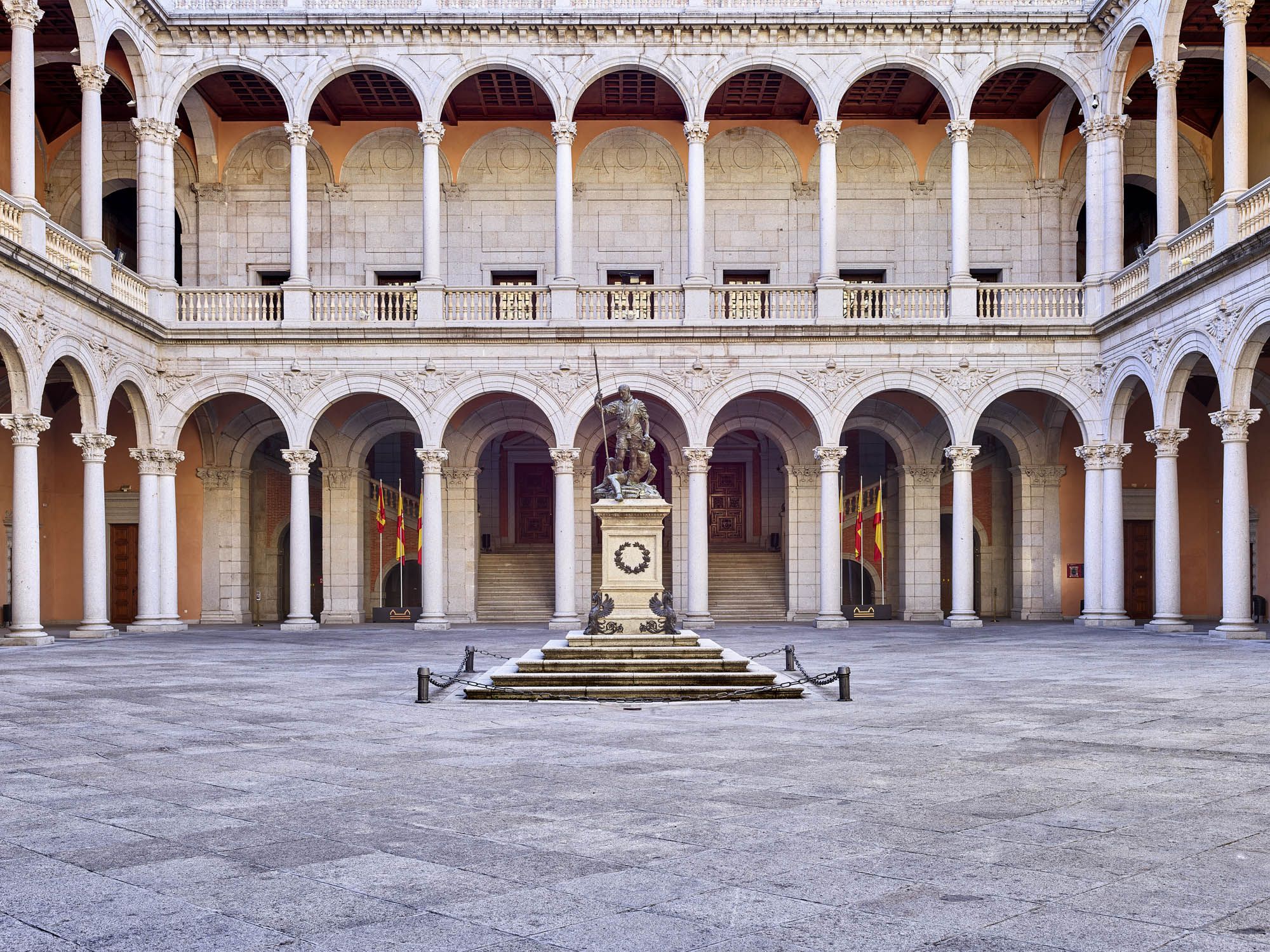The Alonso de Covarrubias route
Toledo
Cathedral, Treasure home page (Toledo)
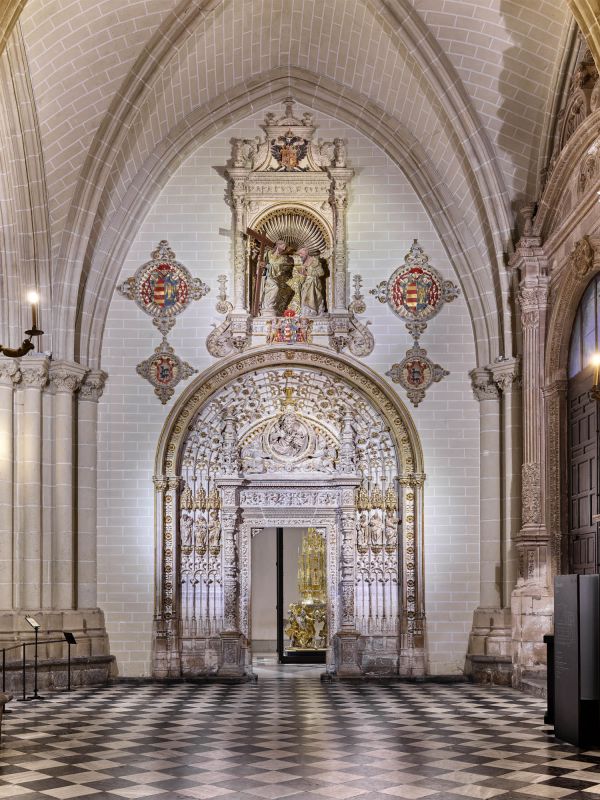
Cathedral, Reyes Nuevos chapel (Toledo)
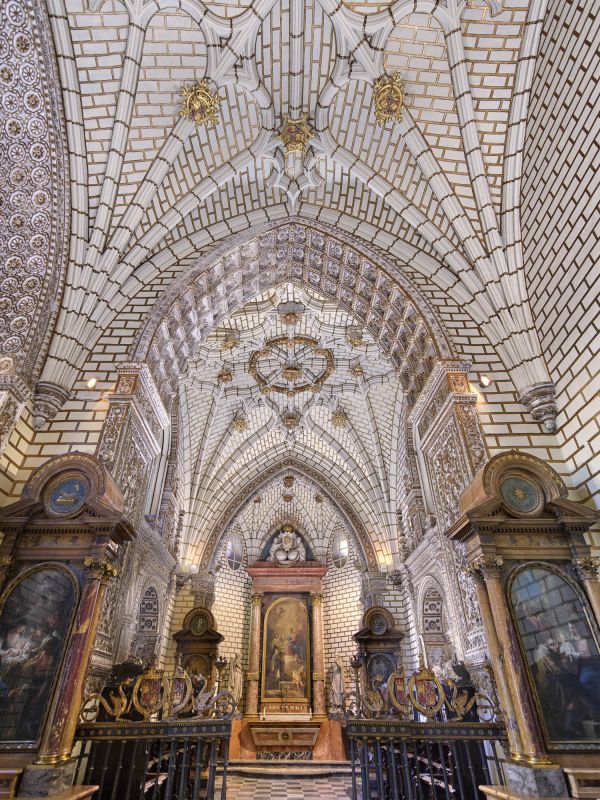
Colegiata de Torrijos
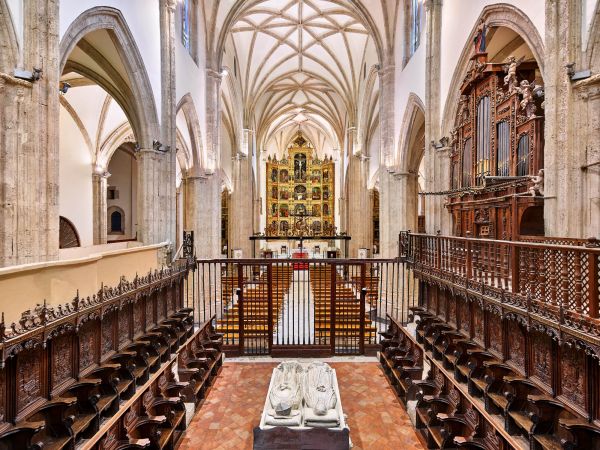
Alcázar (Toledo)
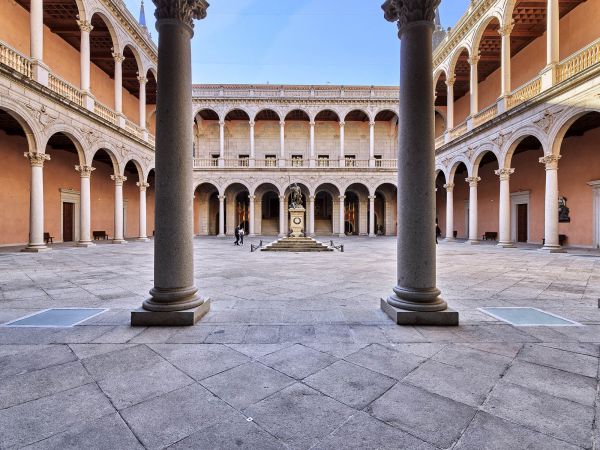
Santa Cruz Museum (Toledo)
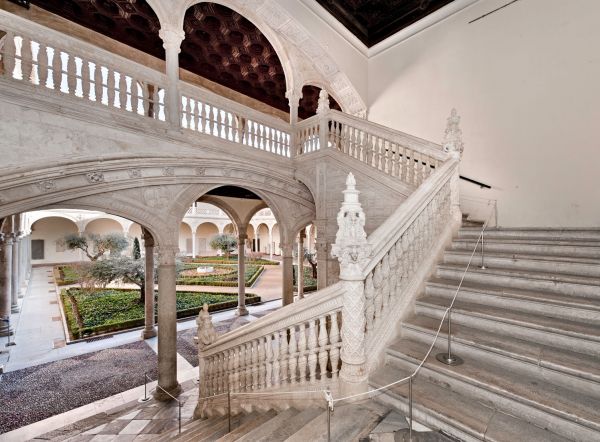
San Pedro Mártir (Toledo)
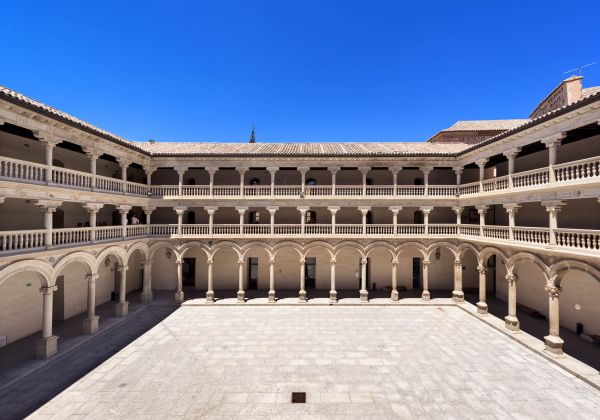
Tavera Hospital (Toledo)
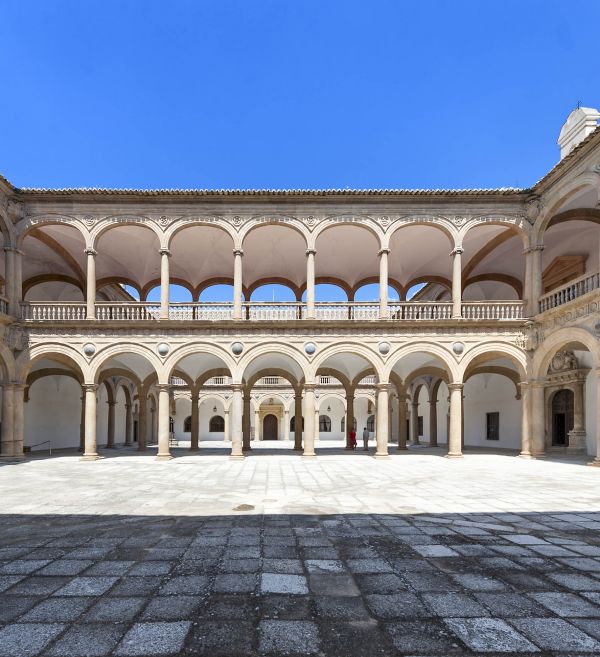
Tavera Hospital (Toledo)
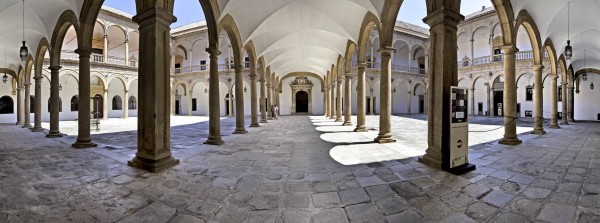
Colegiata de Yepes
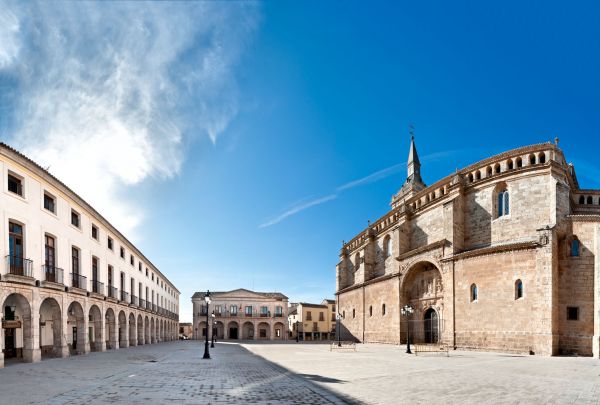
Sinagoga de Santa María la Blanca (Toledo)
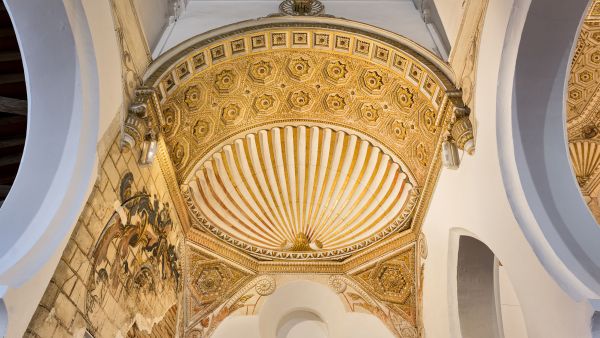
Colegiata de Torrijos
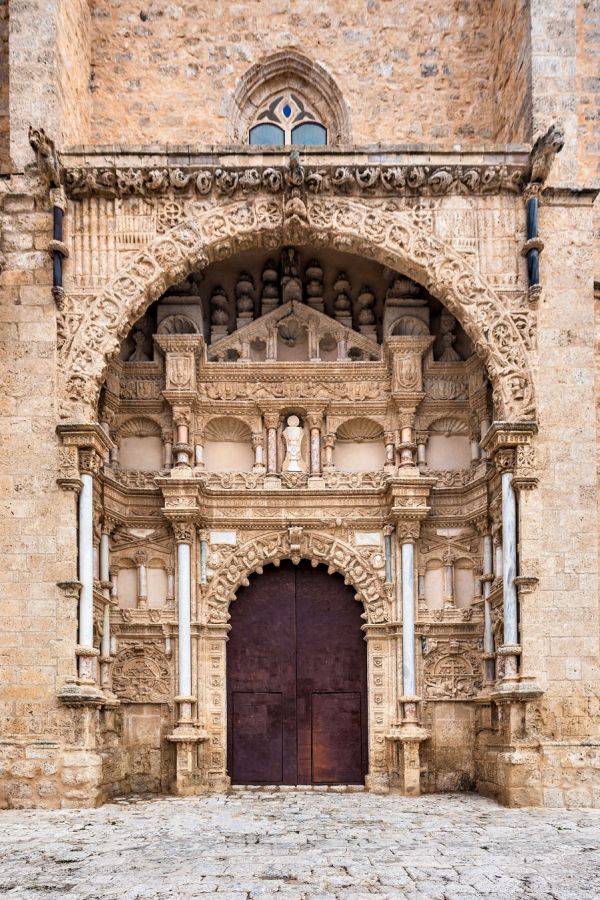
San Román (Toledo)
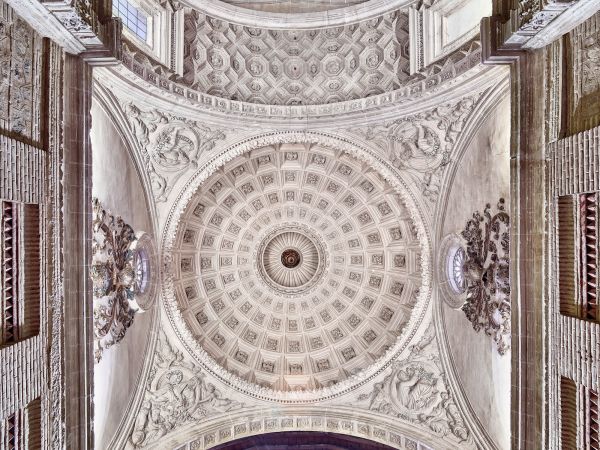
For the celebrated Doctor Gregorio Marañón, Alonso de Covarrubias was “the most important architect from Toledo of all time and one of the leading proponents of the Spanish Renaissance.” Although unknown to the general public, he was a tireless creator always at the forefront of the architectural progress of the time, to the point where he became one of the most notable architects of the 16th century.
The route, which allows us to marvel at some of his most iconic works, is a trip through time, a journey through the history and art of 16th century Spain. Castilla-La Mancha, particularly Toledo, is the setting for some of his most important projects: churches, palaces, chapels, cloisters, etc., dozens of buildings that are now visited by thousands of travellers.
A young Alonso de Covarrubias works alongside Antón and Enrique Egas on the Collegiate Church of Torrijos, in his home town. This was commissioned between 1509 and 1518. 3 May 2018 marked the 500th anniversary of the first mass in the landmark, essentially Gothic-style building.
It wasn’t until the end of the 1520s when his genius in designing monuments came to light. In 1529, his designs were accepted for the chapel of the New Kings in Toledo Cathedral , and in 1530, his designs for the Santas Justa y Rufina church were accepted.
Following the death of Enrique Egea, in 1534, he was appointed master builder of Toledo cathedral. From then on, his work focused on this city. He made his mark on the Toledo temple through the chapel of St. John the Baptist or the Tower, at the Gate of the Lions or at the main church door. At the time, he was commissioned to work on, among other projects, the renovation of the Toledo Monastery of San Clemente and the completion of the works on what is now the Museum of Santa Cruz, where he designed the monumental cloister staircase and some of the main courtyard’s details.
In 1537, he received the highest honour when Charles V appointed him, alongside Luis de Vega, as the master builder of royal works for Madrid, Toledo and Seville. He was in charge of projects such as the refurbishment of the now disappeared Fortress of Madrid, which was built where the Royal Palace now stands.
In 1541, he designed the main part of the archbishop’s palace of Toledo and the imposing Royal cloister or the cloister of the Generals at the convent of St. Peter Martyr.
At this time, at the peak of his career and art, Covarrubias built the Hospital of St. John the Baptist in Toledo, known as the Tavera Hospital, which was founded by the Cardenal Juan Pardo de Tavera. A landmark project that became, surpassing Gothic and Plateresque standards, the main representation of the so-called Palladian architecture mannerism. He abandoned the decorative effects still related to the Plateresque and the extensive use of more or less anecdotal motifs, to showcase a new conceptualisation of classic monumentality, based on the purity of lines and the best use of the proportions and rules taken from classical antiquity.
During these years, he completed the church of the Monastery of San Jerónimo of Santa Catalina, in Talavera de la Reina, and the church of the Franciscan Concept in La Puebla de Montalbán.
Around 1547-1548, he worked on the famous Puerta de Bisagra in Toledo and proposed an urban project between the monumental gate and Tavera, which never saw the light of day.
In 1552, his involvement in the sacristy of the Church of Almorox (Toledo), in the church of San Román de Toledo, on the house of Diego López de Ayala de Casasbuenas, in the town hall building and church of Illescas, the Corral de Almaguer and the tower of the Olías del Rey courtyard, was recorded. He also designed the Collegiate Church of San Benito Abad de Yepes, known as the La Mancha Cathedral; and the staircase, façade, patio and gardens of the Archbishop’s Palace of Toledo.
Alonso de Covarrubias left his artistic footprint at the Sigüenza cathedral, where he designed the “sacristy of the heads” (sacristía de las cabezas), which recovered the use of the barrel vault in Spanish architecture; in the same temple, some authors credit him for designing the whole Santa Librada altar.
He also worked on the Piedad and Lady Brianda de Mendoza y Luna convents in Guadalajara, on the Parish of San Pedro de Novés, the Convent of Santo Domingo de Ocaña, the Ducal Palace of Pastrana, the cloister of the convent of San Bartolomé de Lupiana, the Fortress and on the synagogue of Santa María la Blanca.
He passed away in Toledo in 1570, having become the main reference for new architects such as Juan de Herrera, who completed the models and lines of work employed by the local master.
May also be of interest to you
Castilla-La Mancha Tourism in 2023. All rights reserved.
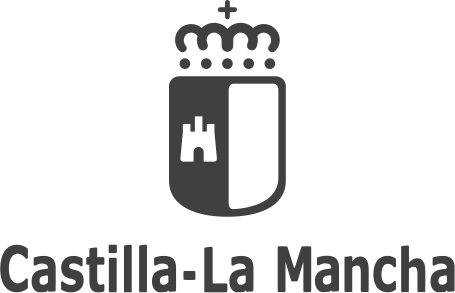
 365
365
